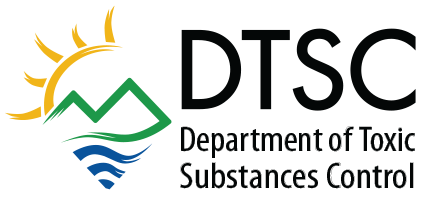Auto Body and Paint (ABP)
Auto body and paint shops have the potential to release pollutants to the environment and adversely effect workplace health and safety. If you are a shop operator, you can significantly reduce environmental impacts, improve shop efficiency and reduce operating costs, and improve work place health and safety by making simple changes in your shop practices.
Reduce Waste and Emissions, Improve Compliance, and Save Money
The pollution prevention strategies and best management practices listed below can help you comply with environmental regulations by reducing smog forming air emissions, reducing and properly managing hazardous waste, and eliminating contaminated storm water releases. Implementing these practices can help save labor, materials and hazardous waste disposal costs, and reduce the potential for environmental violations and fines.
Strategies to Reduce Waste and Emissions
Select a document to learn about strategies to reduce waste and emissions generated by shop activities:
- Minimizing Paint Waste
- Paint Spray Gun Cleaning
- Solvent Recycling
- Waterborne Coatings
- Sanding Waste Management
- Hazardous Waste Management
- Wastewater Management
Health and Safety
P2 Assessment
- Pollution Prevention and Compliance Opportunities Checklist for Auto Body and Paint: Assess your shop processes for opportunities to reduce waste and emissions.
- Pollution Prevention Opportunities Checklist for Vehicle Maintenance Activities: This identifies/suggests many opportunities for pollution prevention/minimization in various aspects of your facility operations.
- Training Videos and Fact Sheets are available in English & Spanish.
Who can I contact for more information?
If you have questions, please contact the DTSC Regulatory Assistance Officer at 1-800-728-6942 or RAO@dtsc.ca.gov.
